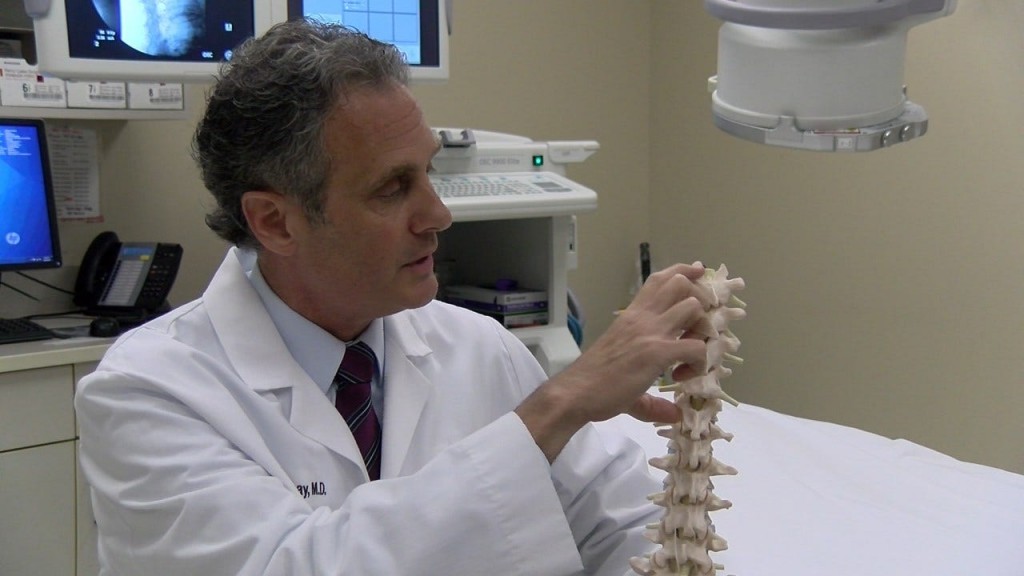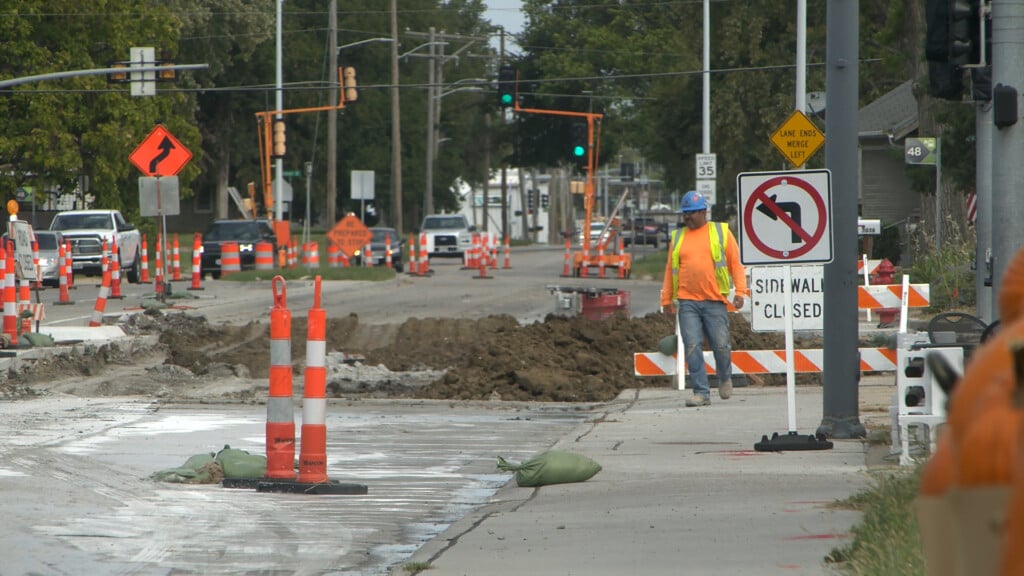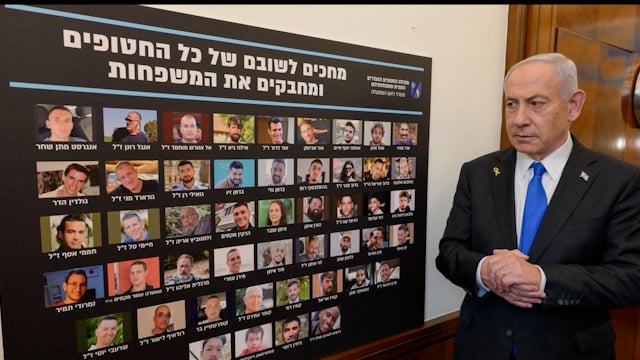Technology curing pain without opioids

With opioid abuse and addiction on the rise, a Lincoln doctor is using special technology to help people in severe pain. This technology has only been allowed in the U.S. for two years. Doctor Phil Essay with the Nebraska Spine and Pain Center has performed the first four procedures in Nebraska.
For more than three decades Mark Robertson has lived his life with excruciating pain, making small tasks a big challenge. Thanks to technology and this high frequency spinal cord stimulator he can now perform basic chores.
"One of my friends says you must really like to mom the lawn," says Robertson. "I say I don’t like to mow, but I like to be able to mow the lawns, so I can do those things now."
Dr. Phil Essay with the Nebraska Spine and Pain Center say’s more than 100 million people suffer with pain. It’s common for people to turn to pills, creating a crisis.
"Last year alone 57,500 people died in this country due to opioid overdose," says Dr. Essay.
He says one way to reduce people’s pain without drugs, is by using electrical cords.
"It’s a small device implanted and the device administers very gentle electrical stimulation to the spinal cord which is where the pain pathways are," says Dr. Essay.
Mark Robertson went under the knife last year. He now has the squared device in his back. He say’s it’s one of the best decision he’s made.
"Give your pain levels between 1–10 and mine was consistently in the 9 range," says Robertson. "So the thought of getting it down to a 4 or a 5 was great, but it’s actually gotten down to almost a one or even below."
This device might not be for everyone, but for patients like Mark he say’s he no longer needs to take pills for his back pain.
Dr. Phil Essay says high frequency spinal cord stimulator has a good success rate. For more information visit: www.hf10.com



